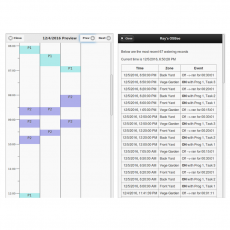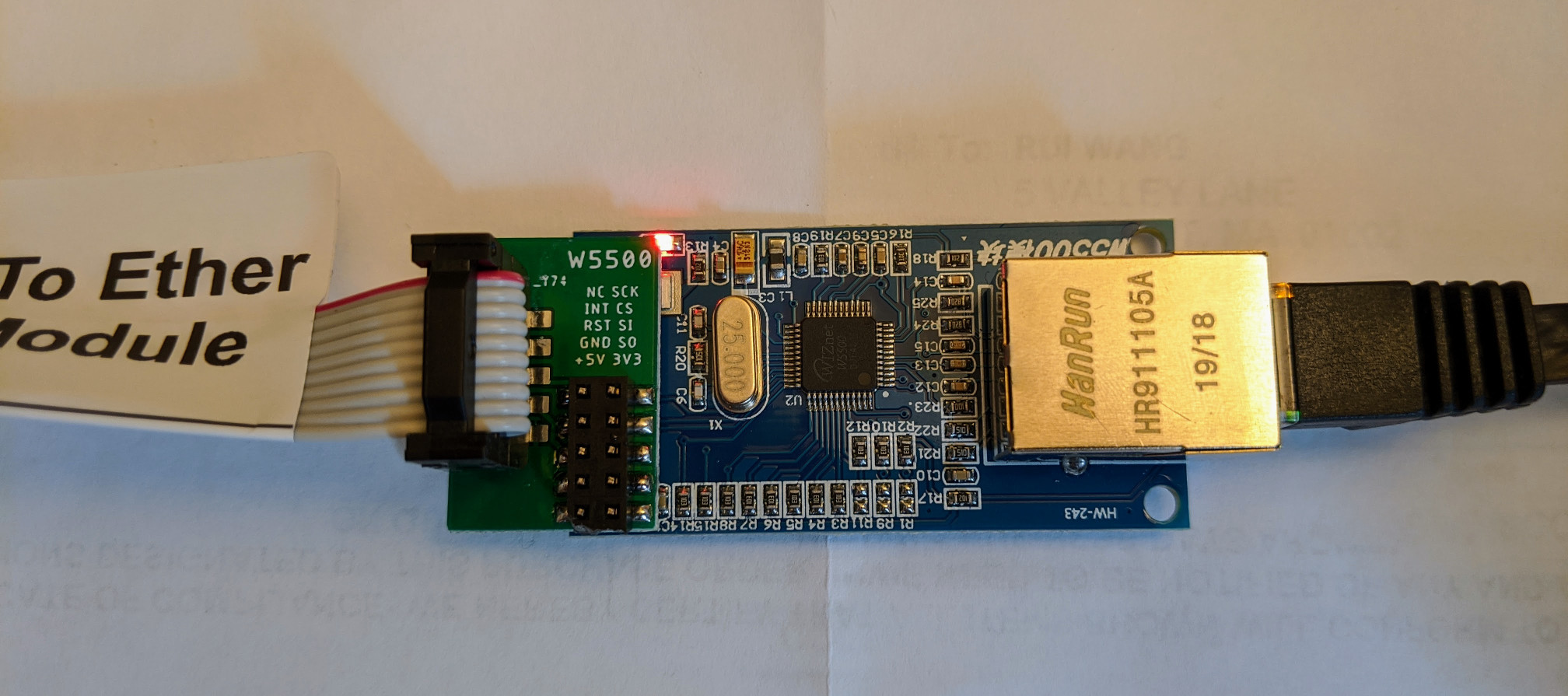
Whether you need full access to your 3D printer or you would like to limit accessibility for your kids and pets. You are ok with a cheap look, or you are concerned with the aesthetic look. How much you can spend on a DIY 3D printer enclosure kit. You expect the 3D printer cabinet to low down the toxic fumes appearing while you are printing with ABS. You hope to reduce the 3D printing noise. You need to organise your working space. You want to protect your FDM printer from dust. You wish the temperature within the print area to be more stable when printing with ABS. It plays an essential role in stabilising the “heat atmosphere” and helps the first layers stick well to the bed. However, those who are making figurines and projects of ABS at 105˚C (221☏) will benefit from a DIY 3D printer enclosure.Ī 3D printer cabinet is a shell (box) that keeps the temperature in, protects the area from dust and models from warping. While resin 3D printers are enclosed, FDM machines mainly comprise a frame and bed and have no printer cabinet.Įnthusiasts working with PLA at 60˚C (140☏) can run their Creality Ender 3, CR-10, Anet A8 and other devices without an additional box. Maybe you will decide to make one for yourself. In this post, you will find a list of ideas for extra DIY safe and functional protection for your 3D prints and small or large 3D printer. Therefore, you must know all the pros and cons. Such a printer cabinet offers many advantages, but it does not suit everyone. Built-in components: ESP8266, boost converter, RTC with backup battery, USB-Serial, OLED display, solenoid drivers.3D Printing Articles 3D Printing Tips Best 3D Printer Enclosure: Functional, Safe, Cheap, DIY Cabinetįans of FDM 3D printing who wish to minimise or eliminate warping and shrinking can think of getting a 3D printer enclosure. Input voltage: USB (including portable/solar USB charger). One assembled and tested OSBee 2.0 circuit board. Firmware update can be performed either wirelessly using the web interface (OTA), or through the on-board USB port with a USB cable. It allows remote control through the Blynk app and Blynk cloud server. Zone water time is programmed at precision of seconds. For example, you can define arbitrary ordering of zones, have multiple zones run at the same time, and insert delays between tasks. It introduces Program Tasks to allow maximal flexibility in programming zones. 
It also provides logging and program preview features.
It has a built-in web interface that allows you to easily change settings, perform manual control, and create automatic sprinkler programs. An easy-to-assemble laser cut acrylic enclosure. Boost converter and a new H-bridge design that allows the same controller to switch both latching and non-latching solenoid valves, all powered from a single 5V USB port. On-board 128×64 OLED display, real-time clock with backup battery, USB-serial chip. A single ESP8266 chip serves as the microcontroller and handles WiFi connectivity. It is designed primarily for latching solenoid valves, but can also operate a variety of other valves. 
It comes with a built-in ESP8266 WiFi chip, a 128×64 OLED display, a laser cut acrylic enclosure, and can switch up to 3 zones independently.


It is suitable for garden and lawn watering, flower and plant irrigation, hydroponics, and other types of watering projects. OpenSprinkler Bee (OSBee) 2.0 is an open-source, WiFi-enabled, universal sprinkler controller.








 0 kommentar(er)
0 kommentar(er)
